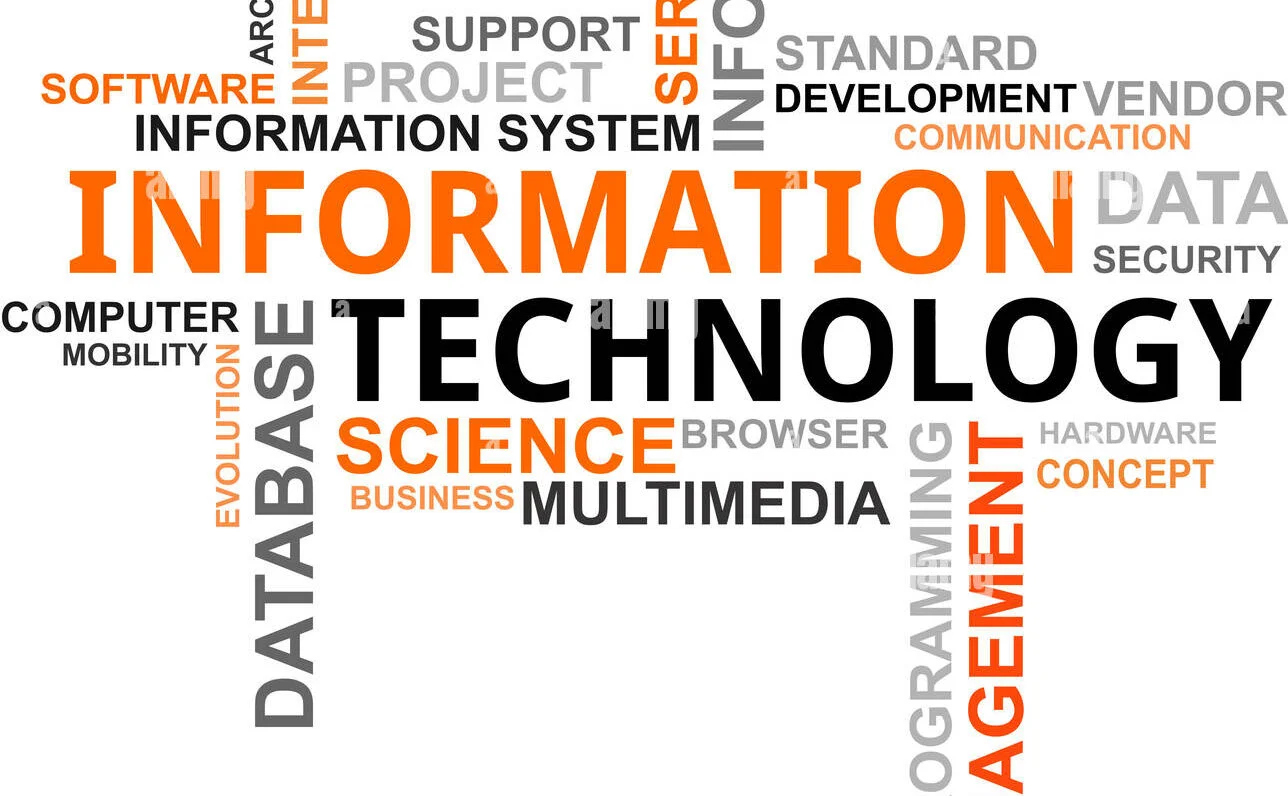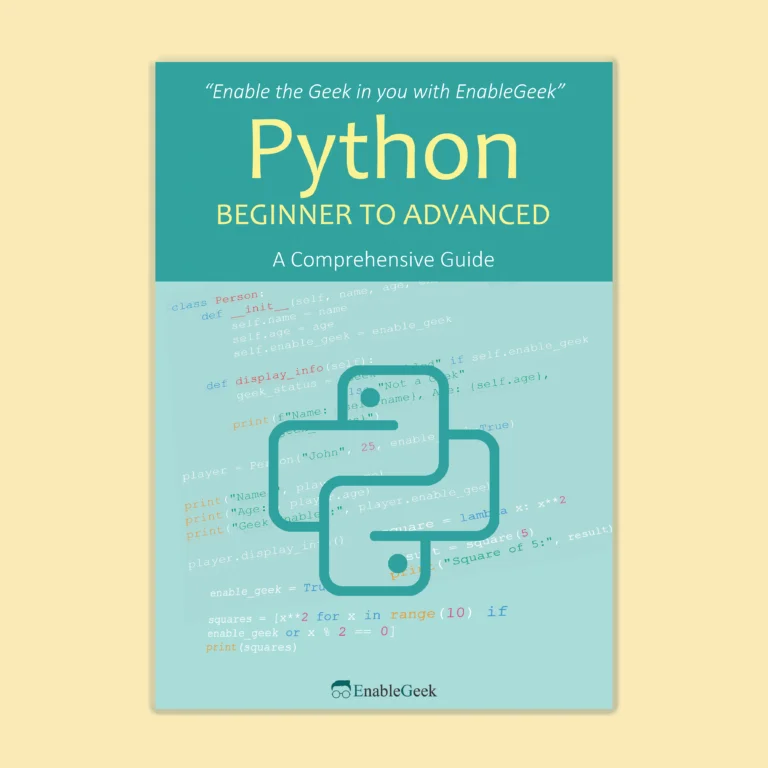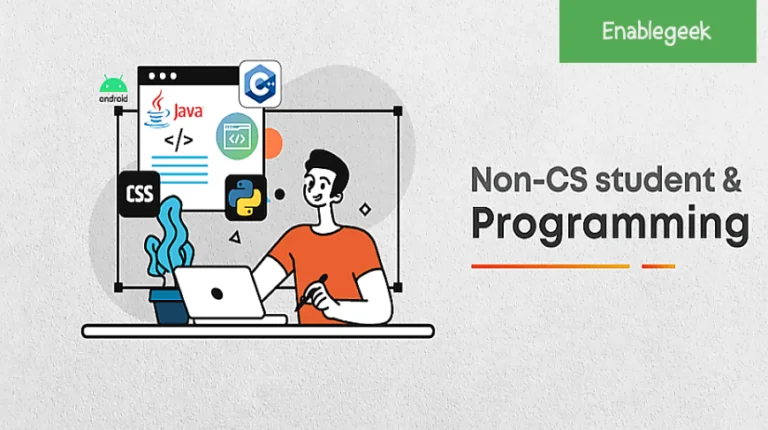In today’s digital era, the stage is set for students from diverse academic backgrounds to shine, breaking free from the traditional confines of Computer Science and Engineering (CSE). Technology’s pervasive influence across industries has ushered in a new era where non-CSE students stand at the forefront of a digital revolution, armed with interdisciplinary skills that redefine career success.
This blog is your passport to exploring the countless opportunities that await non-CSE students in the dynamic tech landscape. Let’s embark on a journey together, unveiling how you can leverage technology’s power to craft a successful and fulfilling career regardless of your academic background.
Dive into the digital ocean and discover how students from diverse fields can ride the waves of opportunity. From business and humanities to arts and sciences, the possibilities are limitless. We’ll uncover the secrets of how non-CSE students can position themselves as catalysts for change in this era of tech-driven transformation.
Join us as we break down the barriers, showing you how to integrate technology into your academic and professional journey seamlessly. The digital revolution is calling, and it’s time for non-CSE students to take center stage.
Ready to redefine success in the digital age? Let’s navigate the path to a tech-infused future together!
The Digital Transformation Across Industries
Digital transformation is a strategic approach for businesses to stay competitive and sustainable in the rapidly evolving market, utilizing digital technologies like AI, IoT, cloud computing, analytics, and automation to enhance efficiency and innovation.
Digital transformation drives industry growth, enabling new business models, operational efficiency, and competitiveness. Manufacturing adopts robotics and IoT for real-time production monitoring. Digital-only banks disrupt traditional banking with mobile experiences.
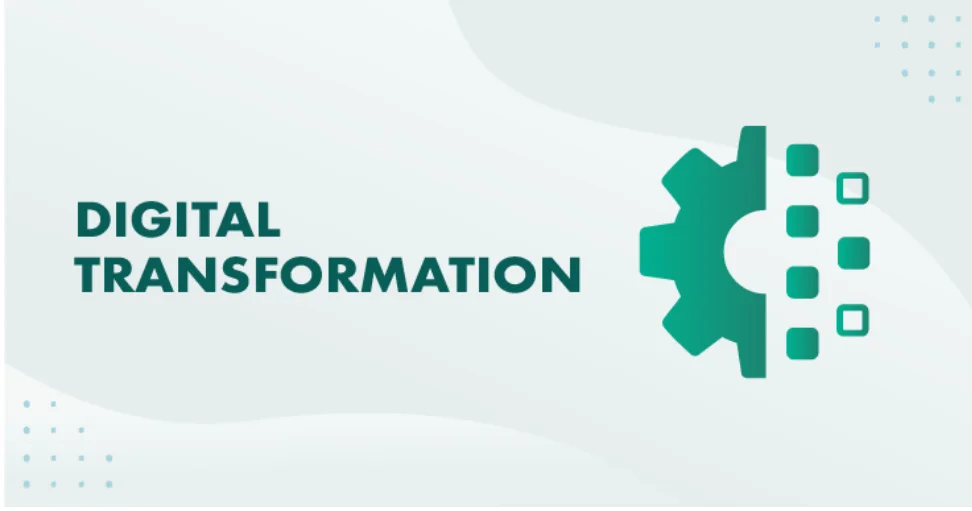
Healthcare, retail, and other industry-specific examples show how digital transformation has transformed patient care, medical research, and operational efficiency. Organizations must, however, also deal with issues including legacy systems, data protection, and the requirement for qualified personnel.
Future developments in digital transformation include edge computing, augmented reality, 5G, blockchain, and 5G. Gaining the requisite expertise in cutting-edge technology may put people in a position to develop their careers and provide businesses with a competitive advantage.
Data Science and Analytics: The Universal Language
Data science and data analytics are two distinct concepts that encompass a wide range of tasks in the field of information technology. Data science involves the collection and management of large-scale structured and unstructured data for various academic and business applications, while data analytics is the act of examining datasets to extract value and find answers to specific questions.
Data science is an area of expertise that combines disciplines such as mathematics, computer science, software engineering, and statistics. It focuses on finding patterns in large datasets, structuring data for use, training machine learning models, and developing artificial intelligence (AI) applications. Data scientists often perform data analysis tasks to understand a dataset or evaluate outcomes. Business users also perform data analytics within business intelligence (BI) platforms for insight into current market conditions or probable decision-making outcomes.
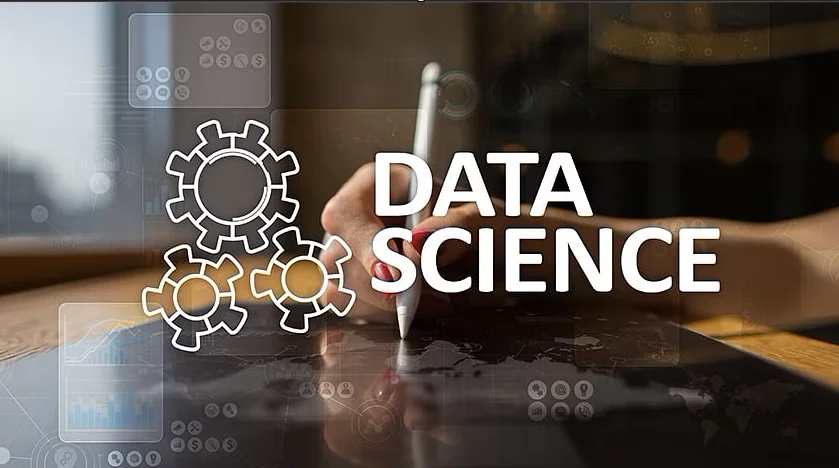
The data science lifecycle involves seven phases:
identifying opportunities, mining, cleaning, exploring, feature engineering, predictive modeling, and visualization.
Data analytics provides actionable insights for sales, marketing, and product development. Despite challenges like fragmented data, limited skills, and rigid IT standards, IBM’s AI lifecycle product portfolio offers capabilities to unlock data value.
Creative Technology and Design
Creative Technology and Design is a field that combines creativity and technology, offering opportunities for non-CSE students to contribute through innovative design thinking, user experience (UX) design, and visually captivating digital content. Design thinking involves empathizing with end-users, defining problems, and prototyping solutions. UX design involves understanding user behavior, emotions, and preferences, resulting in intuitive, aesthetically pleasing, and user-friendly interfaces.
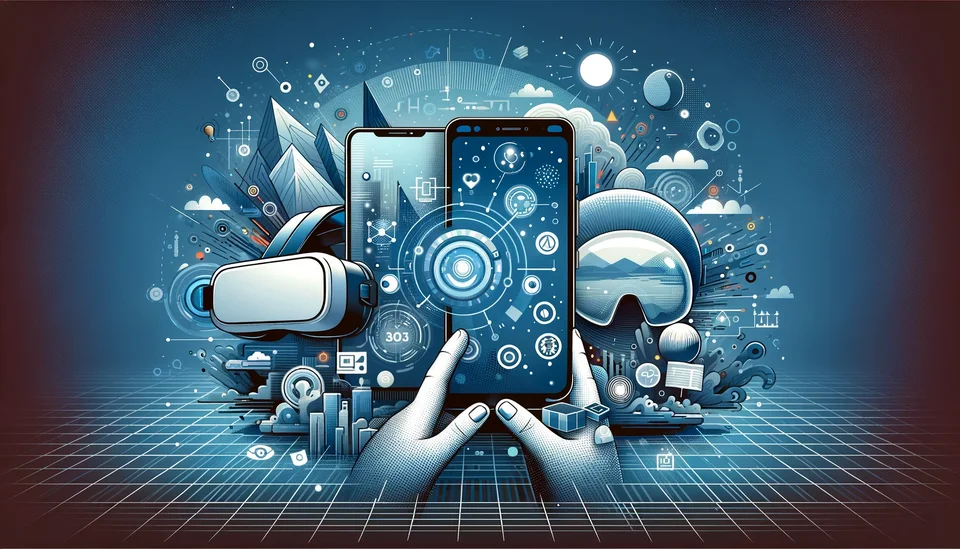
Non-CSE students leverage their graphic design, multimedia arts, and content creation skills to create engaging digital content. They are leveraging immersive technologies like VR and AR to enhance user engagement in various fields. Motion graphics and animation are also crucial in digital storytelling. Additionally, they are collaborating with non-CSE students in wearables and IoT to create functional devices. This fusion of creativity and technology offers endless possibilities for those passionate about design and the digital future.
Digital Marketing: A Realm for Communicators
Digital marketing is crucial for businesses as it offers global reach, targeted precision, cost-effective strategies, personalized engagement, adaptability, measurable results, and brand authority. Key strategies include SEO, content marketing, social media marketing, email marketing, PPC, influencer marketing, affiliate marketing, video marketing, mobile marketing, web analytics, AI, and interactive content marketing. These tactics help businesses increase organic traffic, connect with their audience, and adapt to the digital Darwinism Era.
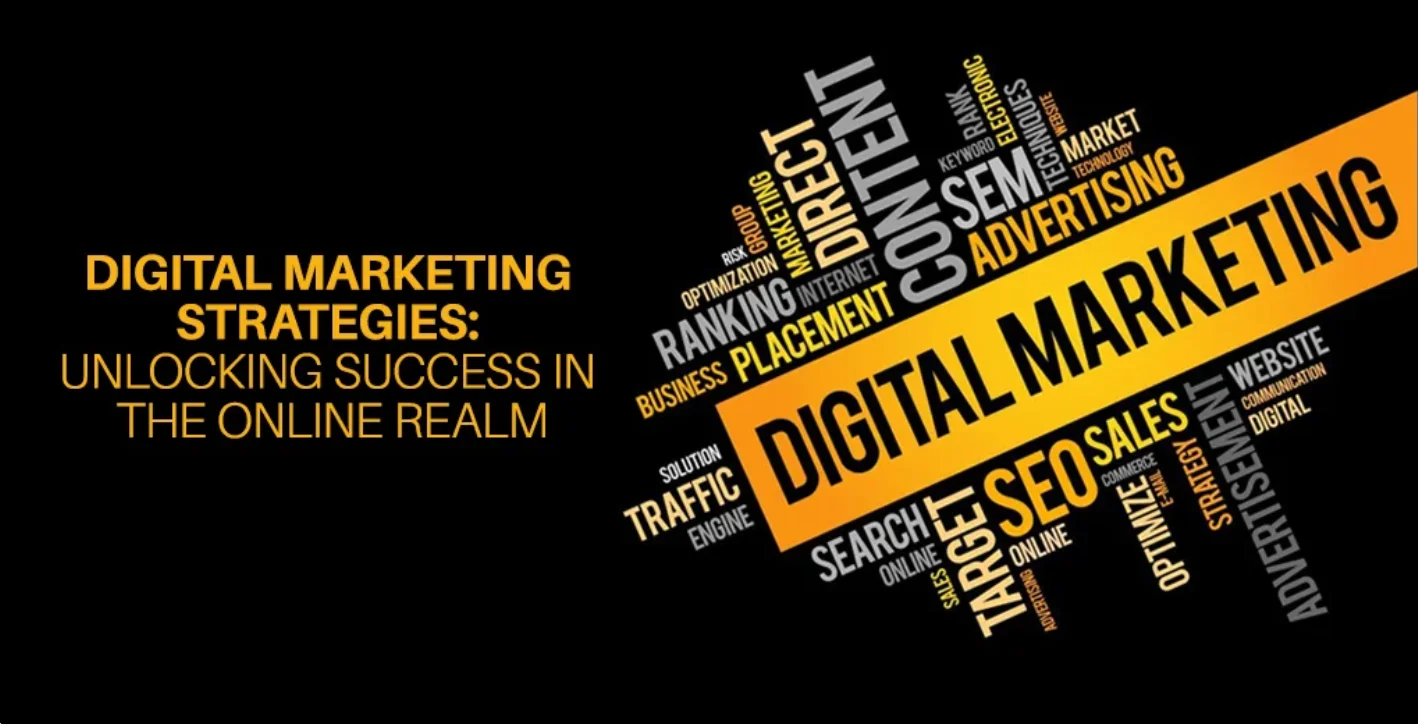
By producing interesting films for specific audiences, video marketing takes advantage of the growing popularity of video content. Digital marketing techniques are optimized for mobile users through mobile marketing, while website performance, user behavior, and campaign efficacy are monitored using web analytics and data analysis. AI can collect data, automate answers, and improve user experience in general. With the use of infographics, polls, surveys, and quizzes, interactive content marketing creates a stronger bond between consumers and brands.
To sum up, digital marketing is an essential tool for companies to succeed in the digital era. It has to be regularly analyzed and adjusted depending on performance indicators and changing market trends.
Health Tech and the Intersection of Medicine and Technology
The convergence of medicine and technology has revolutionized various sectors, including healthcare. Wearable devices, such as smartwatches and fitness trackers, provide real-time health insights and enable remote monitoring, improving early detection and management of conditions. Artificial intelligence (AI) has the potential to revolutionize diagnostics and treatment planning by processing vast amounts of data. Telemedicine and virtual care have also shown transformative potential in healthcare accessibility, offering increased access to specialized care, reduced wait times, and enhanced convenience.

The digitization of healthcare records, such as Electronic Health Records (EHRs), has improved efficiency, accessibility, and patient care coordination. Interoperability is crucial for realizing the full potential of EHRs. Precision medicine, which aims to tailor medical treatments to individual patients based on their unique characteristics, has been made possible through the integration of technology.

Surgical robotics have also revolutionized the field, offering enhanced precision, smaller incisions, reduced trauma, and quicker recovery times. The intersection of medicine and technology is an ever-evolving landscape, with emerging technologies such as nanotechnology, 3D printing, and virtual reality holding immense potential in areas like drug delivery, tissue engineering, and medical education.
In conclusion, the intersection of medicine and technology transforms healthcare delivery in unprecedented ways, empowering patients and healthcare professionals with innovative solutions. By leveraging the power of technology, we can build a future where healthcare is more personalized, efficient, and accessible, ultimately improving the well-being and quality of life for individuals worldwide.
Tech Entrepreneurship for All
Entrepreneurship has evolved significantly due to the rise of digital technology, social media, e-commerce platforms, automation tools, and artificial intelligence. Social media offers cost-effective marketing opportunities, while e-commerce allows for 24/7 business growth. Cloud computing offers cost-effectiveness, flexibility, and increased productivity. Data analytics, powered by AI, helps entrepreneurs make data-driven decisions and create new products and services, gaining a competitive edge in their industries.

The future of technology and entrepreneurship is promising, with advancements like artificial intelligence, machine learning, and IoT transforming industries. Entrepreneurs can leverage technology by adopting cloud computing, automation, social media, and data analytics. Mobile technology is essential for reaching customers and improving user experience. Muslim Ameer offers resources, mentorship, and networking opportunities for budding entrepreneurs.
Upskilling and Reskilling Initiatives
As demand for new capabilities increases, reskilling and upskilling are essential strategies for organizations to remain competitive. By 2025, the World Economic Forum predicts that up to 85 million jobs could be displaced due to the shift in labor between machines and humans. Meanwhile, 97 million new roles are expected to be created due to technological advancements and digital transformation. The need for reskilling and upskilling is growing, with 40% of core skills expected to change.

Reskilling involves finding employees with “adjacent skills” that are close to the new skills required by the company. The World Economic Forum estimates that half of all employees will require reskilling by 2025 due to technological advancement. A culture of upskilling focuses on teaching employees new, advanced skills to close talent gaps.
Creating a career pathing program aligns employees’ dreams with the organization’s objectives. This approach is competency-based and helps identify specialized skills and additional training needed for long-term career goals. Benefits of career pathing include meeting future demand, identifying hidden skills, and creating a culture of talent mobility. As digital transformation continues, an effective career pathing strategy that incorporates reskilling and upskilling is beneficial for both employees and HR.
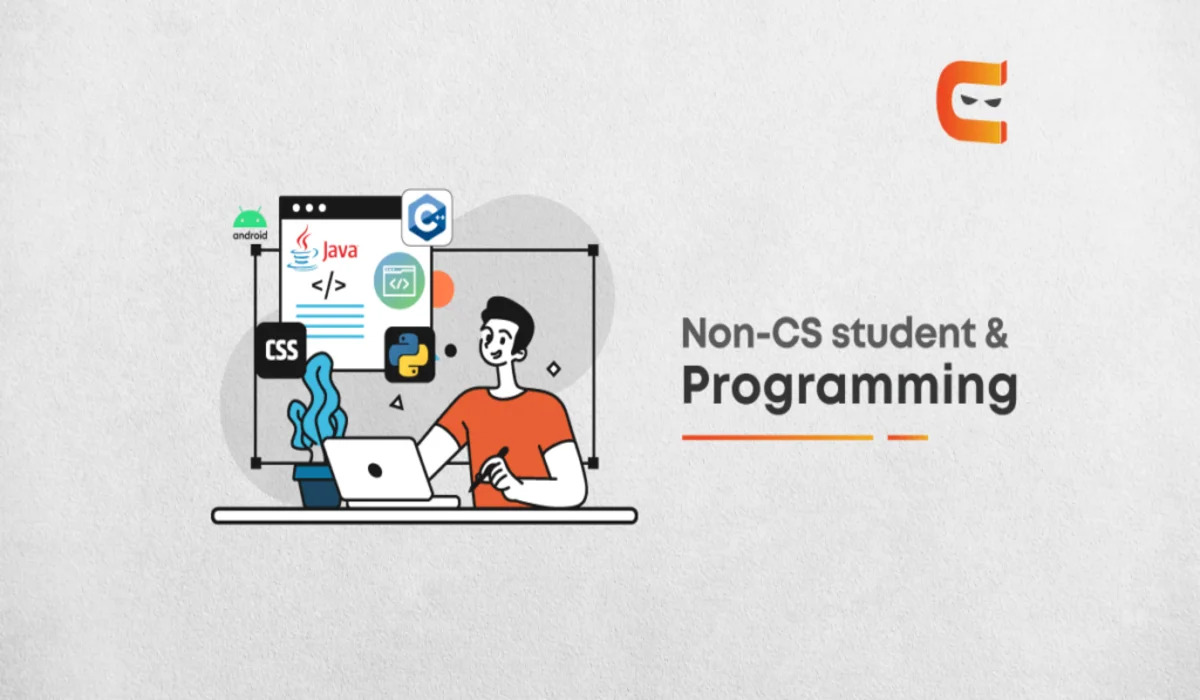
In the tapestry of the digital age, opportunities for non-computer Science and Engineering (CSE) students are not just emerging; they are flourishing. The boundaries that once confined certain disciplines to specific industries are dissipating, giving way to a dynamic landscape where diverse skills and perspectives are not only valued but essential.
Non-CSE students are exploring various digital avenues, including data science, design, and entrepreneurial endeavors. The democratization of technology demonstrates that innovation transcends disciplinary boundaries. The future is not limited to a single skill set but is shaped by the collaborative efforts of individuals with diverse talents and expertise. They are driving digital transformation in industries untouched by technology. The fusion of business, health sciences, arts, and digital skills fuels groundbreaking innovations. The digital age demands continuous learning and adaptability, offering dynamic opportunities for individuals to carve niches and redefine success.
In conclusion, the digital age beckons non-CSE students to become architects of innovation, creators of impactful solutions, and pioneers of interdisciplinary collaboration. It is an era where passion, creativity, and diverse expertise converge with technology to shape a future that is not just digital but profoundly human. The opportunities are boundless, and the door is wide open for all who dare to step into the transformative realm of the digital age.

